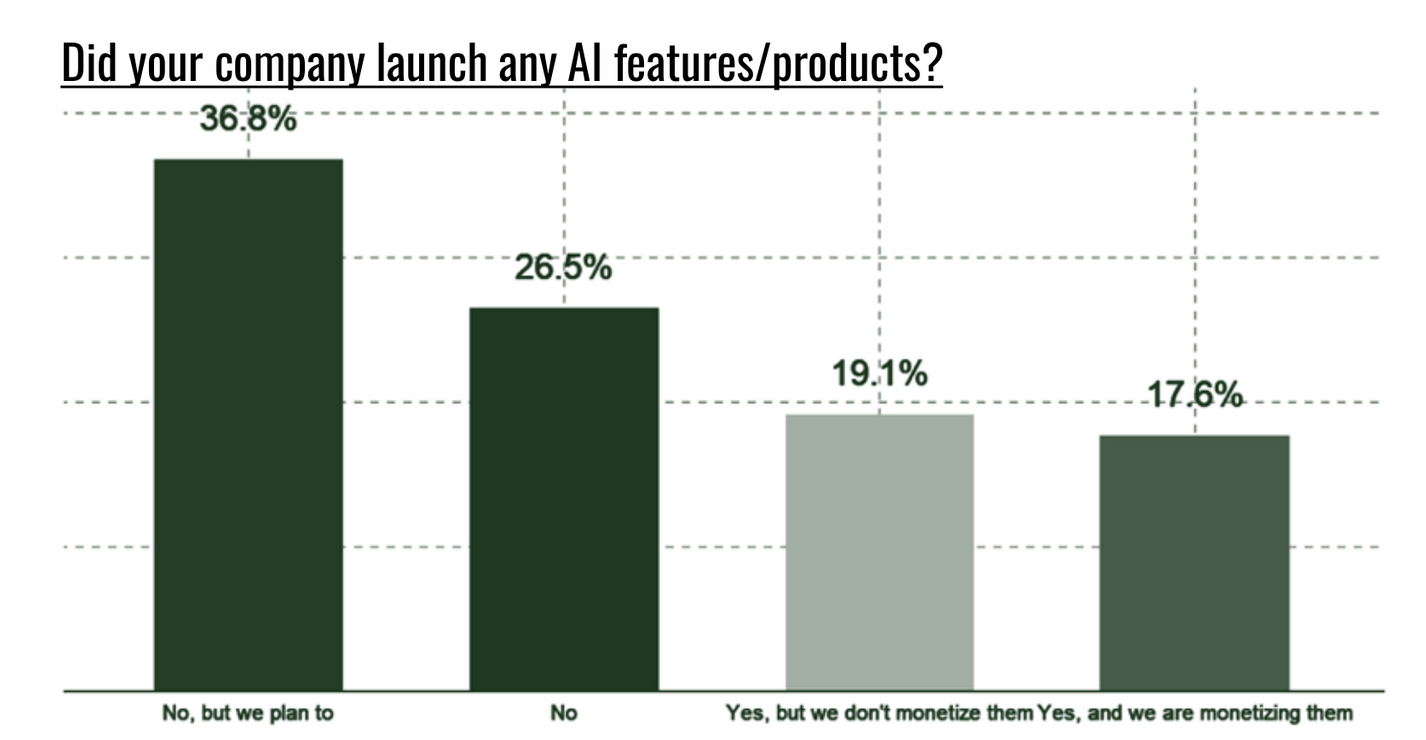Hipster coffee shops in Budapest often look the same, as if they were in Portland, Oregon, or São Paulo, Brazil. That’s one of the effects of globalization: Some trends have become ubiquitous. But take a closer look, and you’ll soon realize that even things that look the same can actually come in different flavors.
Take SaaS, for instance. No matter where you are, buying software in a box is a thing of the past. But the SaaS businesses that are enabling this shift are dealing with a different set of rules depending on where they are based, which leads them to divergent paths.
This is true in India, where SaaS is very much on the rise; the local SaaS market could reach $50 billion in annual recurring revenue by 2030, according to a report from Bessemer Venture Partners. But that same firm also notes that Indian SaaS businesses differ from their U.S. peers: The former are more efficient, which could “aid them on their path to global leadership.”
The State of SaaS LatAm 2024 report suggests that this could be true in other emerging countries as well.
Published in collaboration with blog-turned-VC-firm SaaSholic, the report shows that many Latin America’s SaaS businesses outperform others at efficiency metrics such as net dollar retention and customer acquisition cost payback. But capital scarcity also puts a limit to innovation, although AI could change that.
Forced efficiency
Customer acquisition cost (CAC) is a key data point for any SaaS startup; it is the basis of two other crucial metrics: CAC payback (how long it takes for a customer to “repay” its acquisition cost) and LTV/CAC ratio (where LTV is the lifetime value a company will get out of a given customer).
On both counts, the State of SaaS LatAm 2024 report found that several companies in its sample of 400 startups outperformed global averages highlighted by the Capchase SaaS Benchmark Report 2023.
As NFX principal Anna Piñol commented on the findings, “most top-decile respondents report CAC Payback Periods that are 32% lower than U.S. benchmarks.” Her analysis is that this suggests that LatAm markets are far from being saturated versus some more mature markets — but it also suggests that they have less leeway.
“In the U.S., investors typically look for an LTV/CAC ratio of at least 3x, while companies in LatAm are held to a higher standard,” noted Manoel Lemos, a managing partner at Redpoint eventures. This isn’t unfounded: “The higher figures are expected due to higher interest rates and cost of capital.” But it still puts the bar higher for venture-backed SaaS in LatAm.
Add in the declining volumes of venture capital flowing into the region, and it is easy to see why many LatAm SaaS startups — one-third of the sample — go for the bootstrapping route. But even those who raised large amounts of funding in 2021 know that the next lettered round might be elusive. As a result, bridge rounds have become the new normal, but they don’t necessarily mean that a company is struggling.
“LatAm startups got 99 problems, but runway ain’t one,” the report argues, noting that “operating at ‘near-breakeven’ has always been LatAm’s specialty.” That sets them apart, even without the bootstrapping bias: “If we only analyze startups that have raised VC money, the median LatAm company with more than $1 ARR still has 15 months longer runway than their U.S. counterparts, while the top decile has 15 months more runway.”
Clicksign vs. DocuSign
Reports like this have to rely on anonymized data to make sure that founders will actually open up about their metrics. While helpful, that’s also abstract, so let’s add an example of our own: Clicksign.
This Brazilian digital signature startup shares a lot of similarities with DocuSign. That’s particularly interesting for comparison purposes: DocuSign is public, at least for now. This means that its key metrics are in the public domain, too.
Clicksign is still a private company, but co-founder Michael Belfer Bernstein shared a key data point that we can compare with DocuSign, and the gap is pretty clear: “DocuSign has a CAC payback of 79 months. Clicksign has a CAC payback of 5.6 months,” he said.
Before you say we picked unfairly, let’s note that Clicksign, too, conducted layoffs, letting approximately one-third of its workforce go in late 2022. But healthy metrics means it is well placed to maintain its leadership in its own market. “Today we serve 28 million people, which represents 13% of the Brazilian population,” Belfer Bernstein said.
Innovation under pressure
If you have ever faced Brazilian bureaucracy and its obsession with authentified signatures, it is easy to see how Clicksign is an improvement. But it’s not sending anyone to Mars, either; it would have had a hard time raising funding if it did.
“In Latin America, SaaS startups have democratized technology rather than created rocket-science-level innovation,” said Rodrigo Fernandes, CFO at Pingback. He’s the research lead for the report, which several VC firms also supported.
SaaS-focused fund ABSeed is one of these, and partner Franco Zanette shared thoughts with TechCrunch+.
“Most of LatAm’s innovation is about ‘go to market’ efficiency and how to deliver continent-size digitalization, with its main downside being a still scarce region for product innovation, with most of the companies being copycats and solutions with pricing and support fit to the region’s needs,” he said.
Does that mean that the region can’t create global leaders? Certainly not; efficiency and profitability do open doors, especially in the current environment. As does a proven track record and international connections, Zanette noted.
Neither does it make deep tech startups an impossibility. Case in point: cybersecurity startup Auth0, which Okta bought for $6.5 billion in 2021. But most Latin American startups aren’t rooted in deep innovation — at least not yet.
When it comes to AI, Fernandes and his co-authors found data points that made them optimistic: “Latin American companies are on the right track with the integration of AI into their business models,” they wrote. Like elsewhere, not all SaaS founders have integrated AI yet, but many plan to.

Image Credits: State of LatAm SaaS 2024
This is mildly encouraging; relative capital scarcity will make it difficult for the region to be at the forefront of AI innovation. But at least it’s not set to miss out on this new wave, which could enable its SaaS businesses to bring the digital transformation the region needs at an even faster pace.
